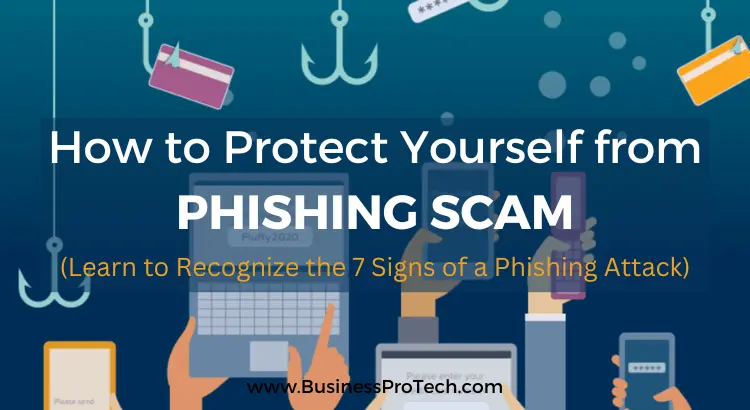To stay safe from online phishing attacks, you really need to stay on your toes. That’s because scammers are getting more and more sophisticated with their phishing emails, producing fake emails that look increasingly like real articles.
More than that, phishing scammers know how to take advantage of your emotions to manipulate you into giving up personal information that scammers can use to take you to the cleaners.
You need to learn how to recognize the signs of a phishing attack, so you avoid falling for them. You’ll need to make your internet security a priority, so a comprehensive internet security suite is essential.
And if, in a moment of weakness, you do fall for a phishing attack, take swift action to protect your identity and your finances from fraudulent activity.
What is Phishing? Learn How these Attacks Work
Phishing attacks are just that – they’re attempts to “fish” for your sensitive information. Phishing scammers will send emails that masquerade as emails from your bank, from businesses you interact with, and from websites where you shop.
The email will usually claim that there’s a problem with your account and that you need to click on a link in the email to sign into your account and correct the issue.
Sometimes, phishing scammers will try to scare you into doing what they want by sending you an invoice or a large bill, with the goal of making you think that someone has already stolen your account information and made a fraudulent purchase.
But the email is fake, and if you follow the link it will take you to a mirror site that will steal your login information. Then the scammers will have access to your bank account, or to your Amazon account and all the payment methods you have linked to it, for example.
You should always be skeptical of emails that purport to be from some organization you do business with, asking you to log in to your account to correct an issue.
Learn to Recognize the Signs of a Phishing Attack

Once you know what to look for, phishing attacks become easy to recognize. Phishing emails typically begin with generic greetings – think “Hi dear” instead of “Hi Sam” or whatever your name is.
They often have spelling and grammatical errors in them. They’re usually unexpected. And they may say things like:
- There has been suspicious activity on your account;
- You have an unpaid (typically large) invoice for services or products you don’t remember buying;
- There’s a problem with your payment information or your account;
- You need to confirm some financial or personal data;
- You need to click on a link to make a payment or log in to the service;
- You’re being offered a free gift; or
- You’re eligible for money through a government program.
Phishing scammers are trying to spin a narrative that will manipulate your emotions enough to make you compromise your own data. Don’t fall for it!
Protect yourself from these manipulative attempts with out-of-band authentication, which provides an extra layer of security and verification, making it significantly harder for cybercriminals to succeed in their phishing schemes. Out-of-band authentication advantages are especially beneficial for safeguarding sensitive accounts and personal information, making it a valuable security measure for protecting your online presence.
Ramp Up Your Security
Phishing scams are getting more sophisticated as phishing emails start to look more and more like real emails from legitimate companies. Scammers aren’t just using email to target people, either.
They’re also reaching out via phone calls, texts, and social media to target marks. You need to protect yourself with a premium internet security suite.
A comprehensive antivirus program these days does so much more than just protect against viruses and malware. It should also have an email filter to keep phishing emails from landing in your inbox in the first place, so you don’t have to worry about slipping up and falling for one of them.
A good premium internet security suite will monitor the dark web to let you know if your personal information shows up for sale on the dark web, for example. It’ll protect your mobile devices. It’ll even offer virtual private network (VPN) and password manager features.
If You Fall for a Phishing Attack, Take Swift Action
Even the most knowledgeable and vigilant internet users can fall for a phishing attack – after all, these scammers are experts at getting people to do what they want them to do.
If you do fall for a phishing attack, act fast. Contact your financial institutions and let them know the situation – they may be able to help you prevent any fraudulent withdrawals.
Contact the three major credit reporting bureaus and have each of them place a fraud alert on your file. Finally, file a police report – you’ll need it if someone does steal your identity.
Wrap Up!
These days, phishing scams are everywhere. You need to take steps to protect yourself – or else, your identity could be the next to be stolen.